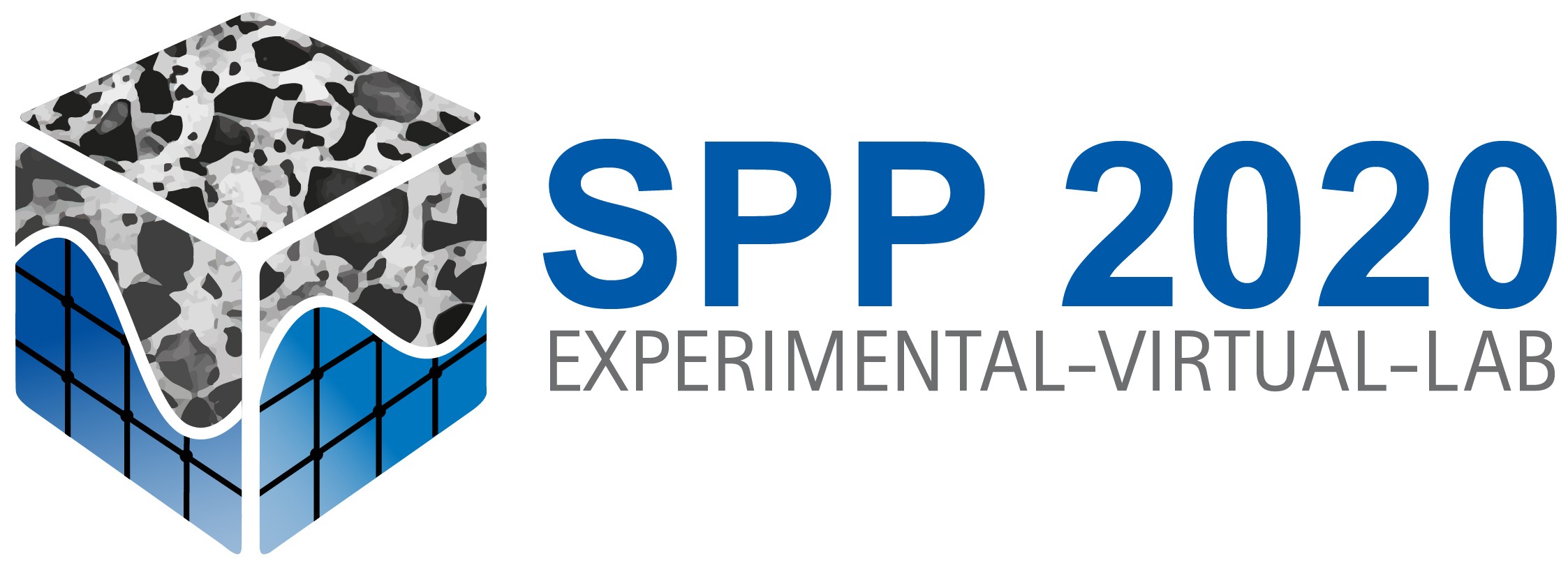Co-Applicants
Project description
A new promising type of fiber-reinforced concrete – highly ductile concrete made by short fibers (Strain-Hardening Cement-based Composite, SHCC) – exhibits high deformation capacity at monotonic tensile loading. Its ductility results from progressive multiple cracking, which is accompanied by distinct strain hardening. To ensure safety and efficiency of building components of SHCC subject to cyclic loads, which are common in practical applications, profound knowledge of the fatigue behavior of this material and theoretical-numerical models are indispensable.
The main question with respect to practical applications and to the purposeful improvement of the new fiber-reinforced concrete is: To what extent does the material in the cracked state lose its inherent ductility and tensile strength due to fatigue and how can these losses be mitigated by a goal-oriented material design?The complex behavior of SHCC under cyclic loading has been investigated in the first project phase at micro- and meso-levels. In particular, the degradation mechanisms of polymer microfibers, such as fiber fatigue, defibrillation and fiber squeezing, as well as the fiber-matrix bond properties were comprehensively studied. All microstructural constituents and their behaviors were described using numerical modelse the second phase of the project, experiments on the fatigue behavior of SHCC of different composition shall be performed predominantly on the macroscopic level by applying various loading scenarios and temperature. For a better understanding of the damage processes, the experiments shall be accompanied by detailed morphological investigations.
The aim of this project phase is to combine the macroscopic behavior of SHCC under highly cyclic loading including the expected anisotropic material degradation with the damage mechanisms detected and described at the micro- and meso-level. The scale coupling of the numerical models for the meso- and macro-scale requires the development of a thermo-dynamically consistent homogenization for the stress and strain measures, as well as the internal material variables. To achieve a high compu-tational efficiency, time homogenization and adaptive discretization methods at high-performance computers are used.At the end of the project, there will be a comprehensive understanding of the damage mechanisms at different levels of observation, a coherent material characterization methodology, and a digital computational tool to predict and optimize the mechanical behavior of SHCC under cyclic loading. In addition to the SHCC material design, the virtual tool should also enable the targeted development of other types of fiber reinforced concrete for different loading scenarios (digitally enabled material design).
